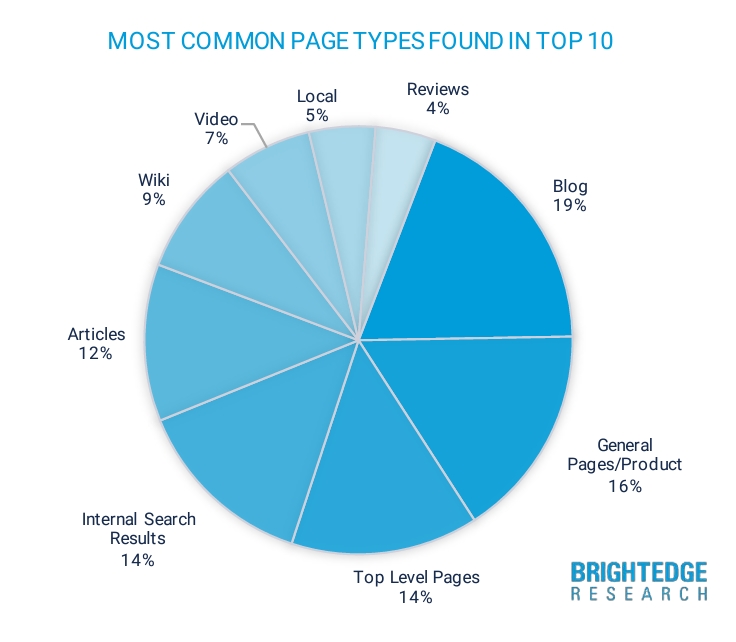A lot has been made of the importance of new content when it comes to ranking on Google. But, what’s so bad about older content? Are all old posts bad for your site? Should you be regularly removing old posts?
Thankfully, Google’s John Mueller and Lizzi Sassman addressed this recently on an episode of the Search Off The Record podcast.
In the episode, Mueller and Sassman talked at length about content decay, a term referring to content that becomes outdated or irrelevant over time, how it affects your site, and what you should do about it.
What Is Content Decay According to Google
While the term content decay isn’t necessarily a commonly used term within the SEO community, it is an apt term for some types of content. Specifically, this is how Mueller defines content decay:
“[Content decay is] something where, when you look at reference material, it’s kind of by definition old. People wrote about it because they’ve studied it for a really long time, so it’s an old thing. But, that doesn’t mean it’s no longer true or no longer useful.”
Is Content Decay Inherently Bad?
As Google’s workers explained, content decay isn’t inherently bad. Even some posts that may seem outdated, such as old event announcements or product updates, shouldn’t be treated as a problem.Sassman recommends keeping this content around for historical accuracy.
As an example, Sassman pointed toward Google’s help pages which still use the outdated term “Webmaster Tools.”
“If we went back and we replaced everything, like where we said Google Webmasters or Webmaster Tools, if we replaced Search Console everywhere we said Webmaster Tools, it would be factually incorrect.”
What Should You Do About Content Decay?
It might be tempting to simply delete outdated content but Mueller recommends going back and adding context to outdated content instead. This way, you still retain the value from past content while making it clear what aspects are now irrelevant and prevent confusion among readers.
As he stated:
“People come to our site for whatever reason, then we should make sure that they find information that’s helpful for them and that they understand the context. If something is old and they search for it, they should be able to recognize, ‘Oh, maybe I have to rethink what I wanted to do because what I was searching for doesn’t exist anymore or is completely different now.”
For more, listen to the full episode of Google’s Search Off The Record podcast below:




